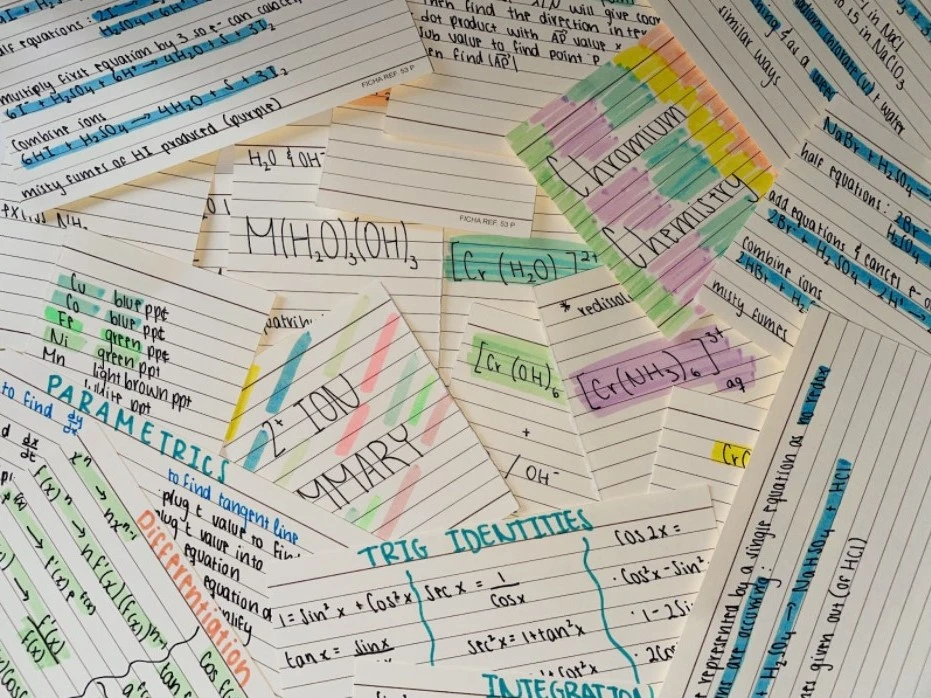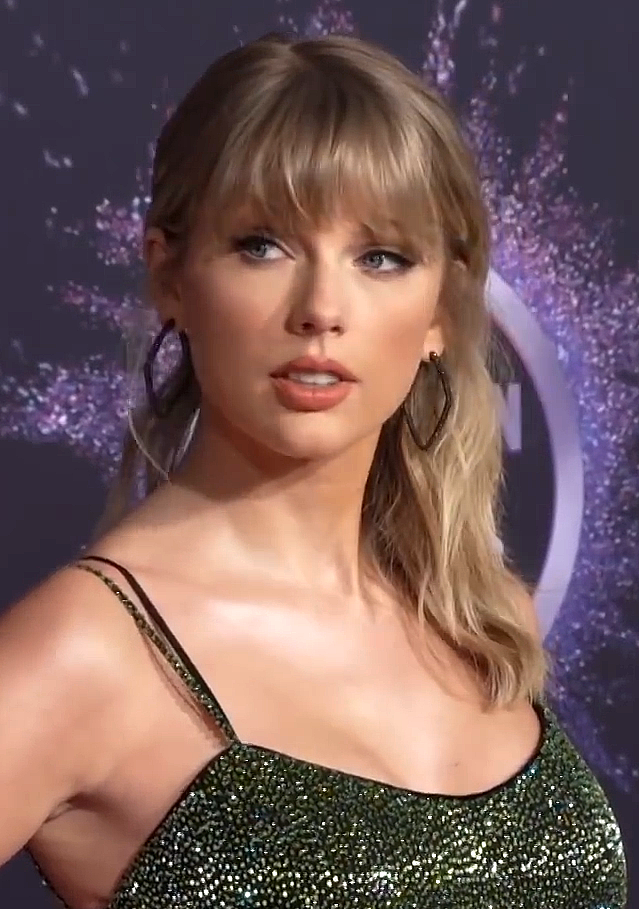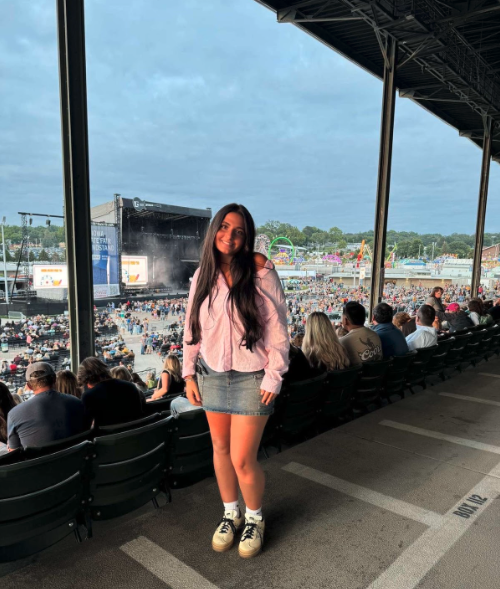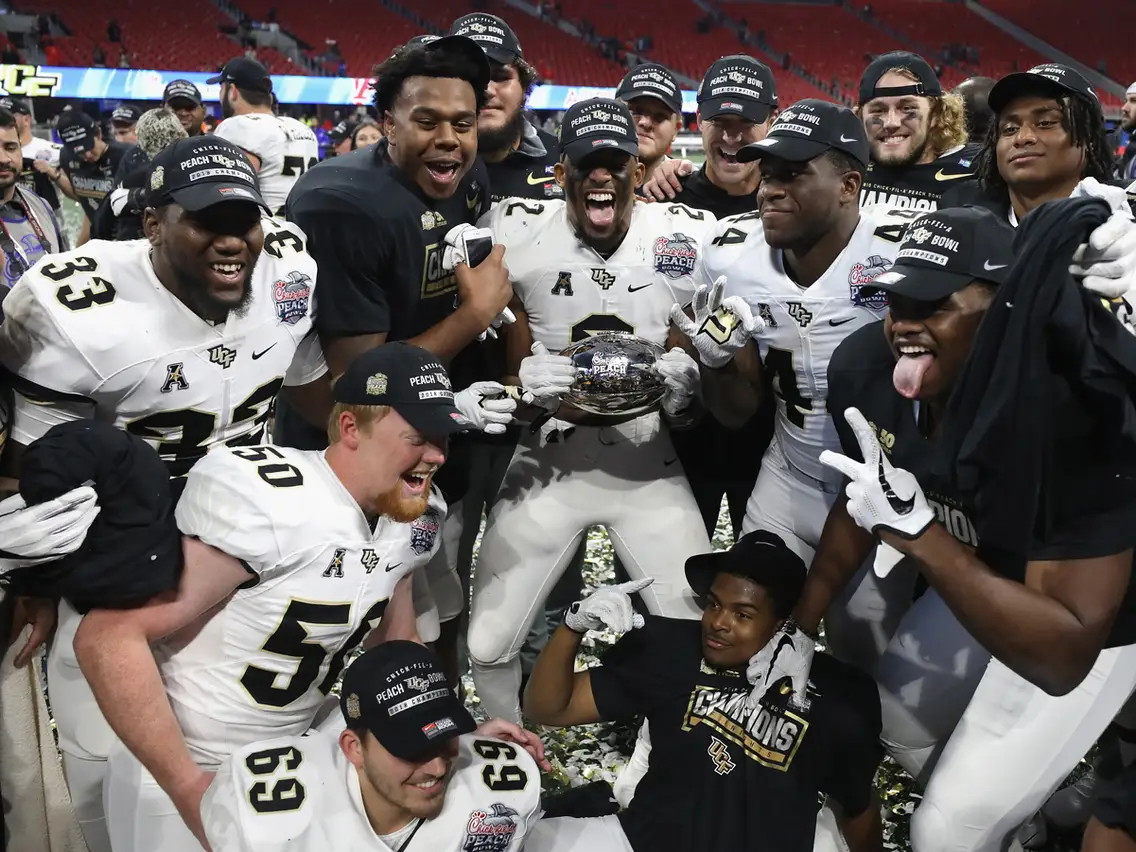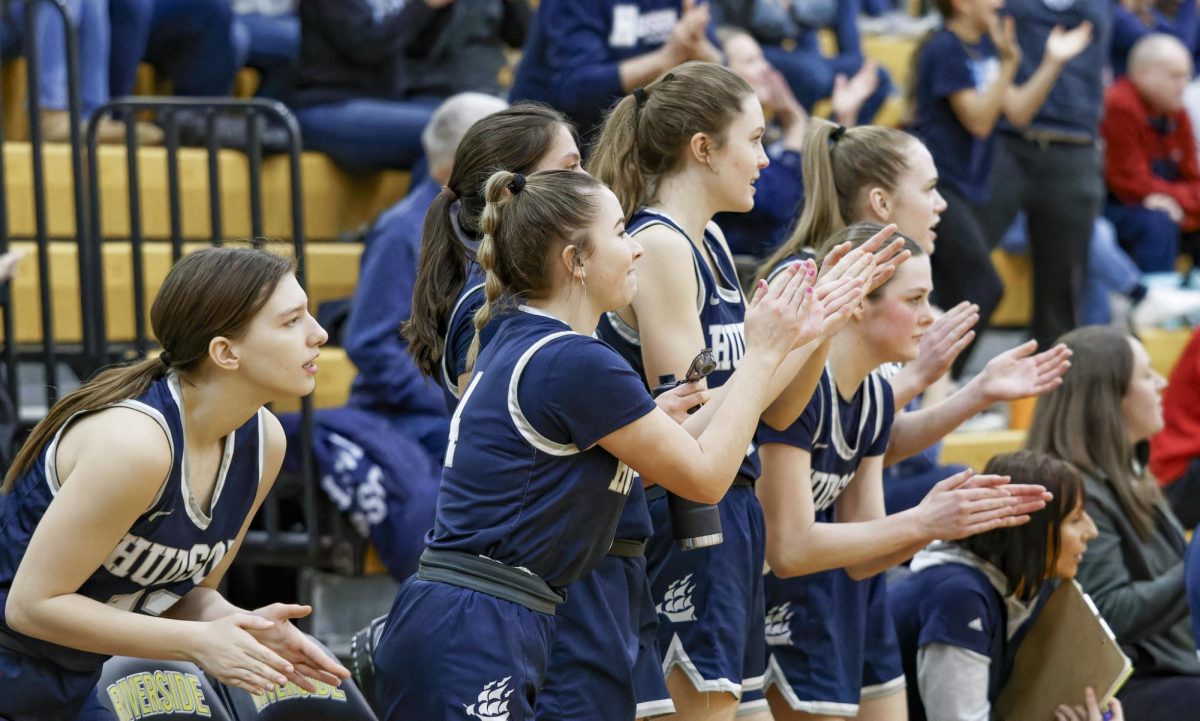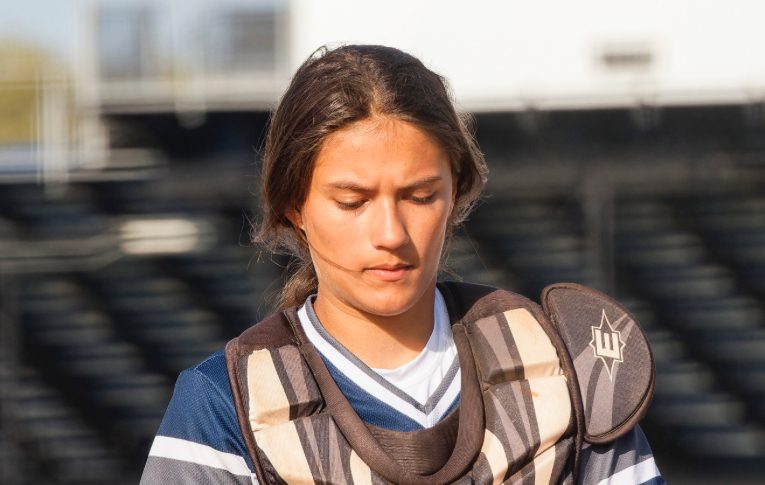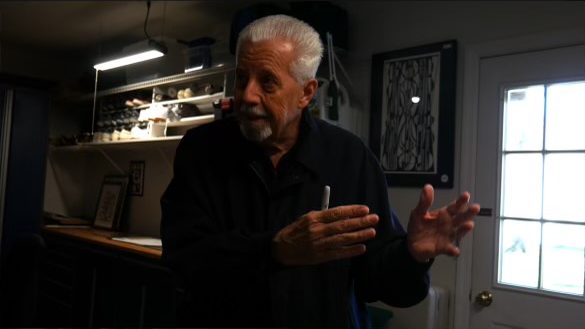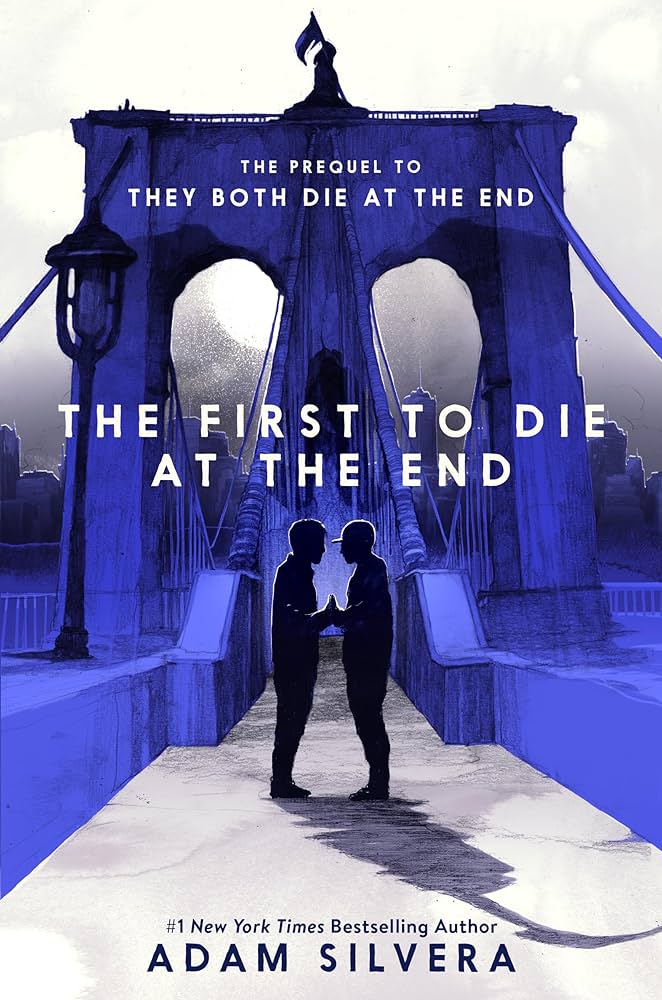Adam Silvera astonishes readers again with his newest book, The First to Die at the End. Released in October of 2022, this novel is a prequel to another one of Silvera’s books, They Both Die at the End. Both books are written with heart-wrenching story lines and Silvera’s distinct style, making it clear to anyone who has read his books before that he’s the author. If you’re looking for a book you can’t put down, with action on every page, consider checking out The First to Die at the End.
The series centers around Death-Cast, a service where people get a phone call notifying them that it’s their dying day. Joaquin Rosa, the creator of the Death-Cast company, calls all the people who will die that day (and are a part of the Death-Cast system) “Deckers,” because he wants the soon-to-be-dead people to remember that they “are all the captains on the decks of their own ships, setting sail on their own creative journeys.” There is controversy surrounding the company, with minor characters throughout the series claiming that its service is “inhumane” and “unnatural” as to how death is supposed to work. Either way, once something as life-changing as Death-Cast appears, there’s no way the rest of the world can ignore it.
The original book, They Both Die at the End, is set in 2017 when the existence of Death-Cast is normal. Readers follow the story of Mateo Torrez and Rufus Emeterio as they experience their final day on earth, commonly referred to as one’s “End Day.” The two connect through an app called The Last Friend and end up spending their end days with each other until one of them inevitably dies. The book doesn’t describe the death of the other character, but it’s not difficult to piece together how they die by paying attention to the less prominent storyline of the book. It’s very depressing when the first character dies, even though the readers already knew it would happen from the book’s title. If you become as connected to the characters as they are to each other, you’ll need some tissues by the time you reach the end.
The prequel, The First to Die at the End, follows a similar structure to the original novel. The point of view switches every few pages to a different character, ensuring the reader comprehends the complex emotions of every character in the book. There is even the same premise as the first novel of the two main characters exploring New York City on one’s End Day and quickly building a strong bond, despite having just met.
This time, the novel is set in 2010, the day that Death-Cast is released. The skepticism towards the service is high since there was no proof that the service worked, and Joaquin refused to explain how it was possible to tell when people would drop dead. At the Death-Cast premiere party in Times Square, we meet our two main characters, Orion Pagan and Valentino Prince. Orion is expecting his Death-Cast call someday soon in the future, due to his pre-existing heart problems. Valentino is healthy and has just started a new beginning by moving to New York City earlier that day; he has his whole life ahead of him. Surprisingly, when Death-Cast becomes live, Valentino receives a call from the creator of the service saying that it’s his End Day, making him the first Decker ever. Even more surprising is when Orion doesn’t receive the call during the rest of the night, although he had been expecting the day to be his last. The rest of the story follows the two characters trying to experience everything that Valentino would have done in his new city, crammed into a single day. If anything, this story is more tragic than the original since Valentino had so much potential and hope for the future, but he can’t pursue all his dreams in less than 24 hours.
The way Silvera writes his books is different from what I’m used to, which makes them more exciting to read. Typically, each “chapter” is written informally with the characters never using pretentious diction, neither in their thoughts or when communicating with others. It can be an adjustment when students normally read more traditional books for English classes and then revert to books with phrases they are instantly familiar with. It took a moment to get used to, but once you’re hooked to the story, the style is fitting and it feels like you aren’t even reading anymore. Silvera randomly places a lot of one-liners in the book that are hit or miss, but when good ones are added, it can make a chapter a masterpiece. One of my favorites was when a character shares about the death of her father, and Orion thinks, “life doesn’t care how young you are. It forces you to grow up anyway.” The break from casual interactions with thoughts containing more substance improves each chapter and makes each section feel special.
Both books are structured in the same way, with point-of-view changes happening every few pages. Originally they begin with POVs exclusive to the two main characters, but they eventually branch off to close friends and side characters who may not be important until the most eventful part of the book. I didn’t enjoy this choice since the side plots seem pretty useless, just drawing away from the main components of the story, but other readers may enjoy this format. Occasionally I enjoyed this structure, with other random people from New York City getting involved in the story even when they only had a sentence-long conversation with the main characters, but the story occurring on the side wasn’t as intriguing as I would have liked it to be.
The cutest and most heartbreaking part was when the characters in They Both Die at the End appeared as their younger selves. I enjoyed seeing them portrayed as children since they were both innocent and unchanged by the world years before their deaths, but it was difficult to read knowing what their outcomes were. I was heartbroken when Rufus’s chapter in the prequel ended with “he’s going to live,” and Mateo’s prequel chapter ended with “home is the place where Mateo can be himself, where he can live, live, live,” because the phrases were so wrong and ironic.
Although no tears were spilled over this book, it’s still very sorrowful at the end. There are many optimistic views in the final chapters, but it doesn’t make up for the somber emotions that characters and readers experience because of the final event. Despite this, the majority of the book feels light-hearted and more positive even when terrible things are occurring, leaving readers feeling satisfied with the journey. To feel the complexity of emotions for yourself, read The First to Die at the End and experience what it feels like to know which day will be your last.







